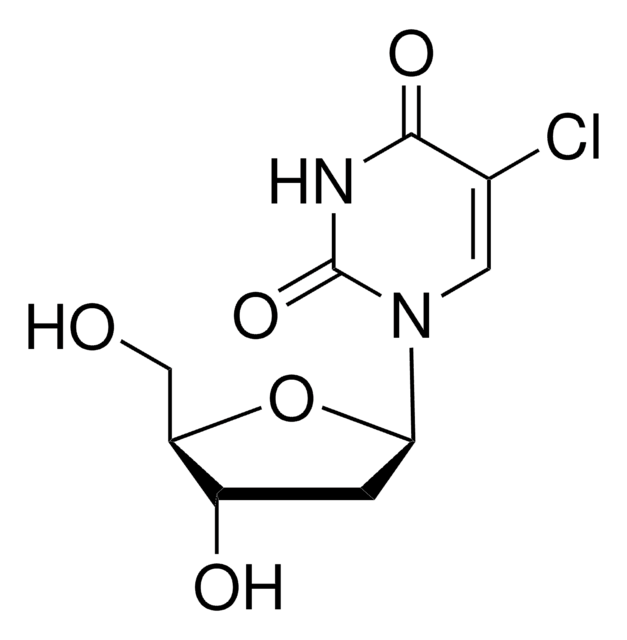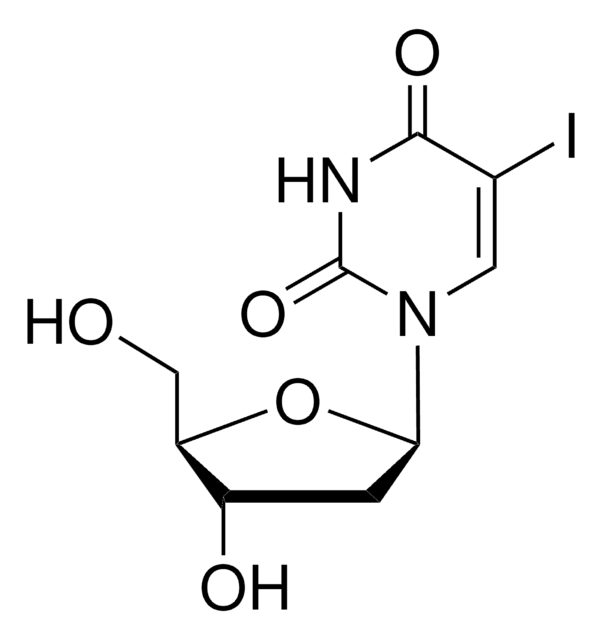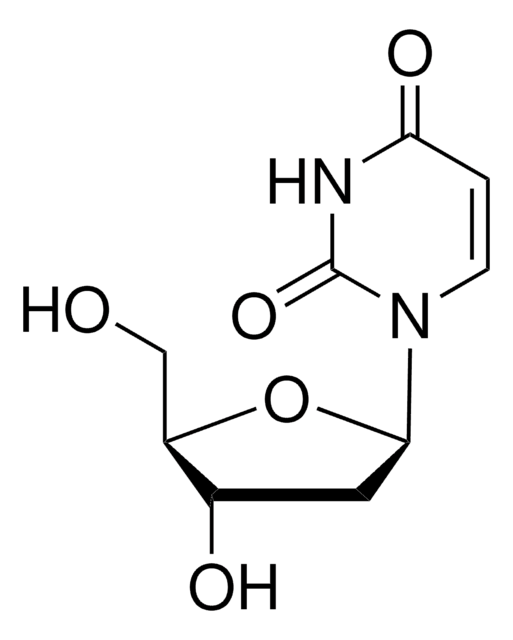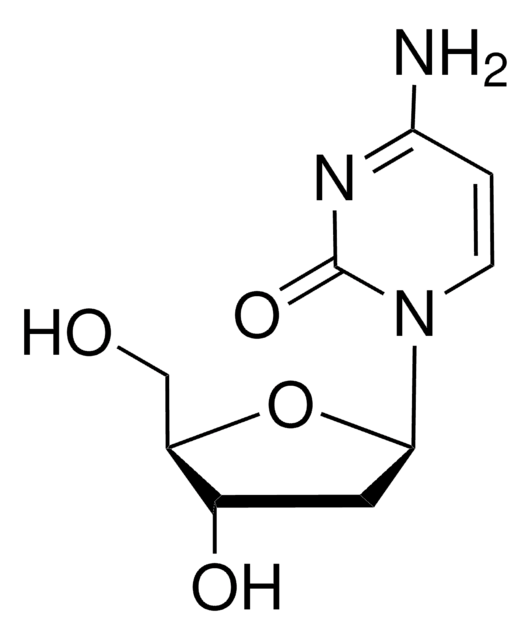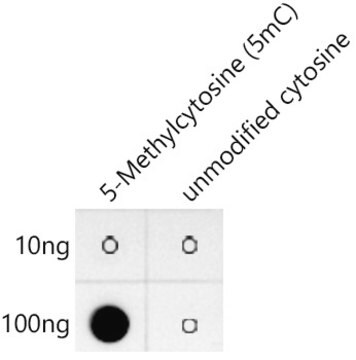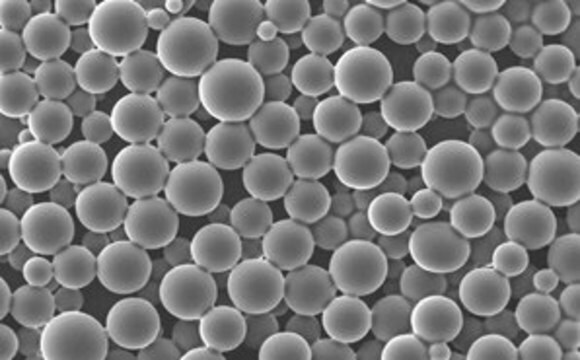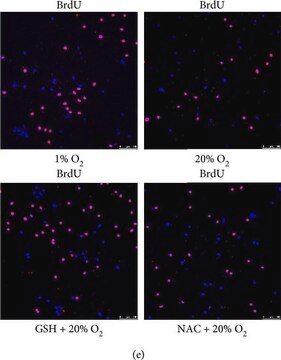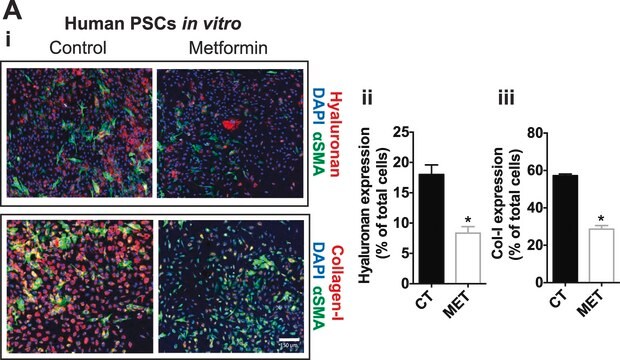C2181
Anti-Mouse IgG (whole molecule) F(ab′)2 fragment–Cy3 antibody produced in sheep
affinity isolated antibody, buffered aqueous solution
Sinonimo/i:
Cy3 Anti-Mouse IgG, Cy3 Mouse IgG, Sheep Anti-Mouse IgG
About This Item
Prodotti consigliati
Origine biologica
sheep
Coniugato
CY3 conjugate
Forma dell’anticorpo
affinity isolated antibody
Tipo di anticorpo
secondary antibodies
Clone
polyclonal
Forma fisica
buffered aqueous solution
Reattività contro le specie
mouse
tecniche
immunohistochemistry (formalin-fixed, paraffin-embedded sections): 1:100
Condizioni di spedizione
wet ice
Temperatura di conservazione
2-8°C
modifica post-traduzionali bersaglio
unmodified
Descrizione generale
Applicazioni
- in immunolabeling of Hela cells
- as secondary antibody in immunocytochemistry of dendritic cells
- as secondary antibody in immunofluorescence analysis of mesenchymal stem cells
- as secondary antibody in immunofluorescence staining keratinocyte cell lines
- in immunohistochemistry of articular cartilage
Azioni biochim/fisiol
Altre note
Stato fisico
Nota sulla preparazione
Esclusione di responsabilità
Non trovi il prodotto giusto?
Prova il nostro Motore di ricerca dei prodotti.
Codice della classe di stoccaggio
10 - Combustible liquids
Classe di pericolosità dell'acqua (WGK)
nwg
Punto d’infiammabilità (°F)
Not applicable
Punto d’infiammabilità (°C)
Not applicable
Certificati d'analisi (COA)
Cerca il Certificati d'analisi (COA) digitando il numero di lotto/batch corrispondente. I numeri di lotto o di batch sono stampati sull'etichetta dei prodotti dopo la parola ‘Lotto’ o ‘Batch’.
Possiedi già questo prodotto?
I documenti relativi ai prodotti acquistati recentemente sono disponibili nell’Archivio dei documenti.
I clienti hanno visto anche
Il team dei nostri ricercatori vanta grande esperienza in tutte le aree della ricerca quali Life Science, scienza dei materiali, sintesi chimica, cromatografia, discipline analitiche, ecc..
Contatta l'Assistenza Tecnica.